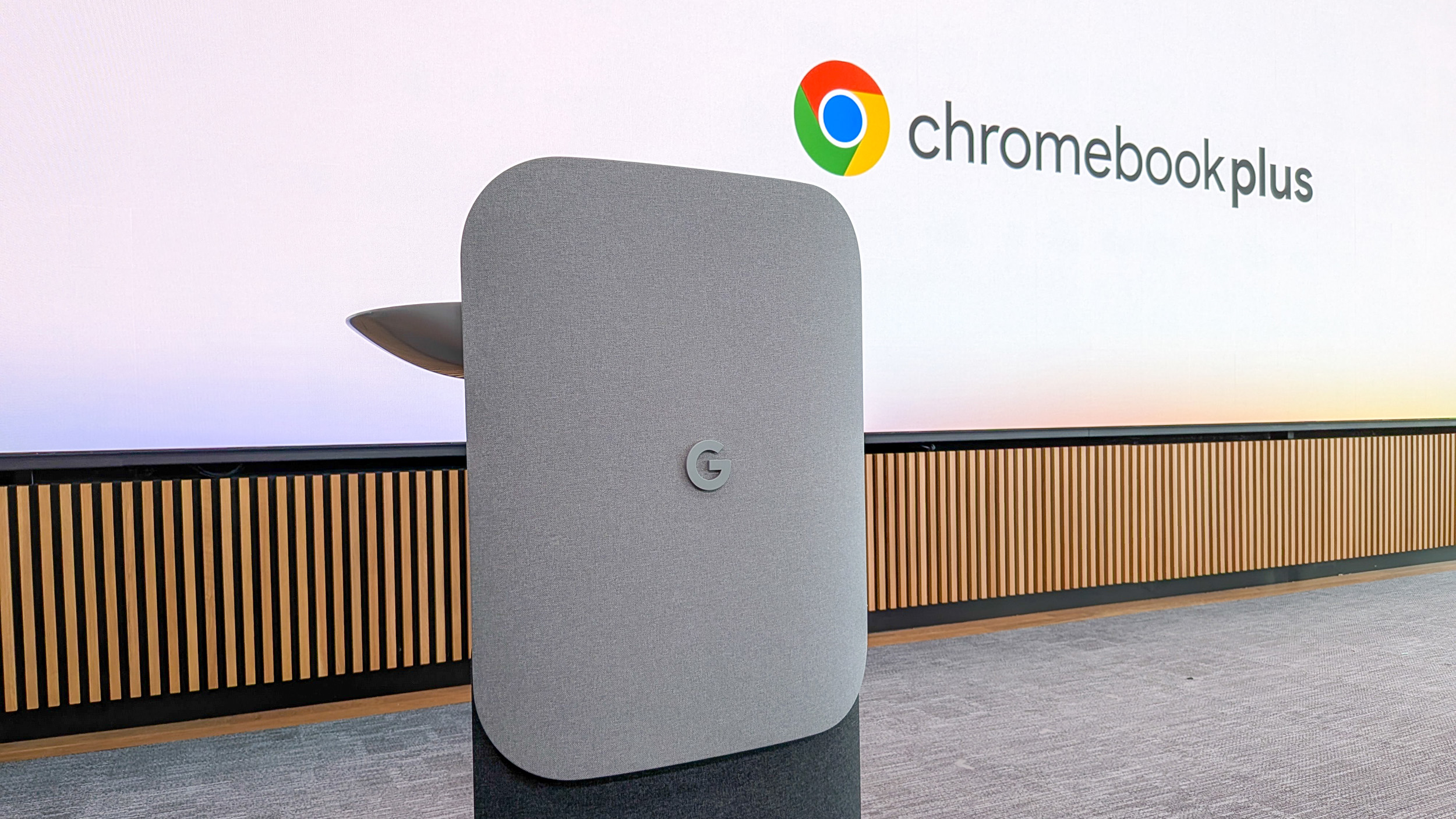Apple’s AI Head Steps Down; Microsoft Executive Named as Replacement
today revealed that John Giannandrea, the firm’s Senior VP for Machine Learning and AI Strategy, will be resigning early next year. Giannandrea’s exit follows Apple’s failure to capitalize on generative AI, leaving the company in a position to catch up in the AI sector. To make matters worse, many of Apple’s ongoing initiatives to integrate AI into its platforms have been overshadowed by the more groundbreaking advancements introduced by companies like OpenAI and Google.
Taking over for Giannandrea will be Amar Subramanya who, for the preceding six months, has held the position of corporate VP of AI at Microsoft. Before that, he worked as a VP of Engineering at Google, contributing to AI software including Gemini. “Subramanya will oversee key areas, including Apple Foundation Models, ML research, and AI Safety and Evaluation,” part of Apple’s press release states. “The remainder of Giannandrea’s organization will transition to Sabih Khan and Eddy Cue to better align with analogous teams.”
It is yet to be determined whether Apple’s AI challenges will fade with Subramanya leading the way. What is undeniable, however, is that Apple’s AI team required significant restructuring. In addition to the fact that Apple’s AI initiatives have been underwhelming, reports suggest that internal confidence regarding AI is diminished. Just a few weeks prior, a report indicated that certain Apple engineers are already concerned that the next-generation version of Siri will not meet expectations. Furthermore, a Bloomberg report suggests that if the new Siri update fails to make a mark, there could be a swift departure of top AI talent from Apple sooner than anticipated.

